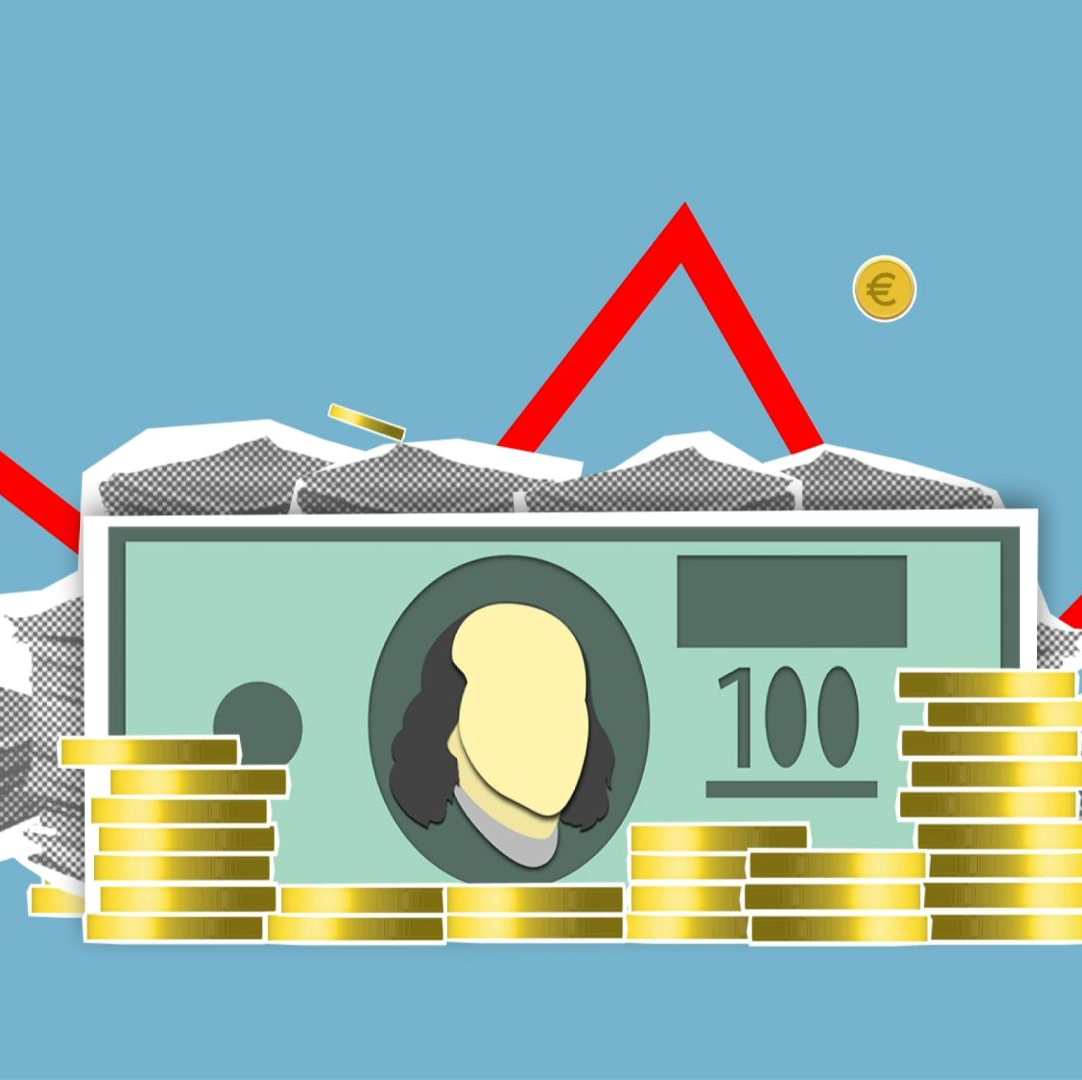Savings bonds are considered to be safe investments for those who are seeking protection of principal. The value of these bonds does not fluctuate based on stock market conditions. But there are different types of savings bonds to choose from. These include Series EE bonds (formerly Series EE bonds) and Series I bonds. So, it is important to understand how each bond type works and what you can anticipate if you purchase one (or more) of them. Series E Savings BondsSeries E savings bonds were initially issued back in 1941 to finance the United States’ involvement in World War ll. These bonds were offered at a discount to their face value, and then at maturity, they paid the investor face value. These bonds were also oftentimes referred to as “war bonds” – particularly after the U.S. declared war on Japan in December 1941. In 1980, Series E savings bonds were replaced by Series EE savings bonds. Series EE Savings BondsA Series EE savings bond earns the same rate of interest for up to 30 years. Upon purchase of a Series EE bond, this rate is known for at least the next 20 years. The United States Treasury Department announces the rates for the new Series EE bonds each year on May 1st and November 1st. Series I BondsSeries I bonds are also considered to be a low-risk financial tool that can help to protect investors’ savings from future inflation. That is because these types of savings bonds pay a set interest rate for the entire life of the bond, while also providing an inflation rate, which is set two times per year. Incorporating United States Savings Bonds into Your PortfolioInterest that is earned on United States savings bonds accrues monthly, and it compounds on a semi-annual basis. Government savings bonds cannot be purchased through an investment broker or via a bank. Rather, these financial vehicles must be purchased directly through Treasury Direct by going to their website at: https://treasurydirect.gov. The updated interest rates, as well as the current yields that are being paid on U.S. savings bonds, can also be accessed online via the Treasury Direct website by visiting: https://treasurydirect.gov/news/pressroom/currentibondratespr.htm. In addition, if you already own a U.S. savings bond, you can calculate the value of that investment by accessing: https://treasurydirect.gov/BC/SBCPrice. While the interest rate that is paid to investors on U.S. savings bonds is not very high, these financial vehicles could still have a place in many investors’ portfolios. So, if you are looking for a safe way to diversify your investments, we can help you determine whether or not these financial vehicles are right for you.













